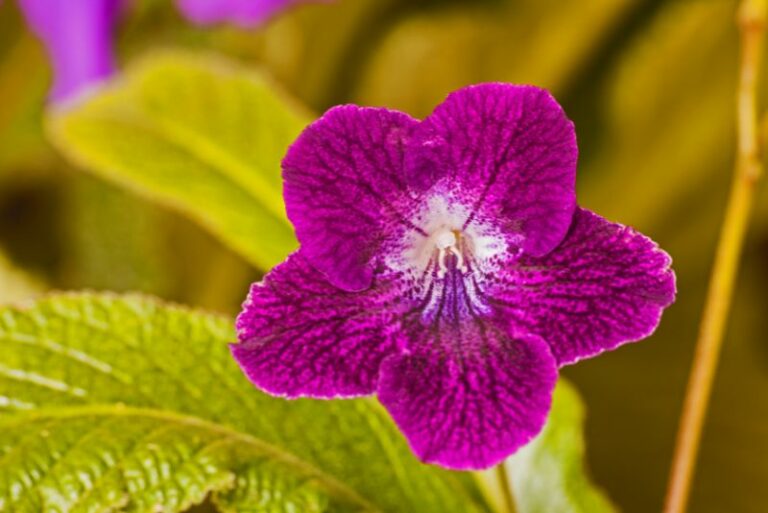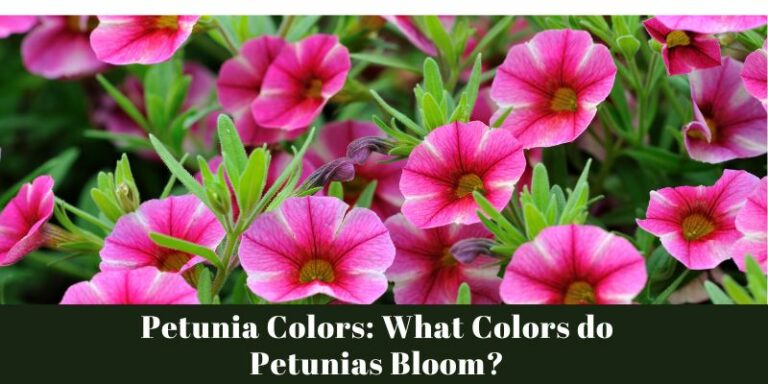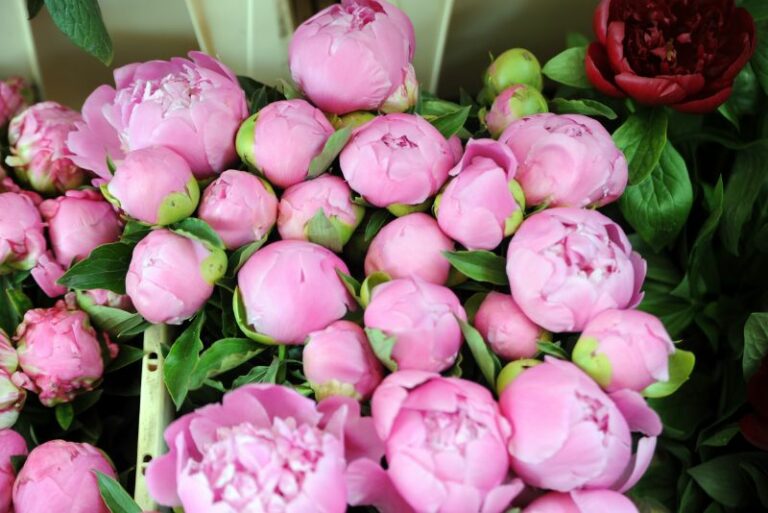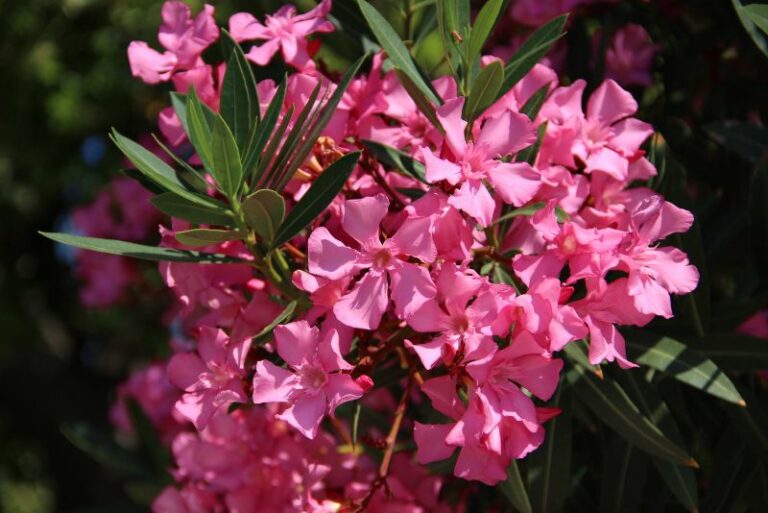Are Lantanas Considered Annual, Biennial, or Perennial Plants?
Lantanas are beautiful and colorful flowering plants that are commonly grown in gardens around the world. They are known for their bright, vibrant colors and ability to attract butterflies and hummingbirds. However, when it comes to planning your garden and understanding the lifecycle of these plants, you may be wondering – are lantanas considered annual, biennial, or perennial plants? The answer to this question is not as simple as it may seem. Let’s delve deeper into the world of lantanas and explore their lifecycle.
Annual Plants
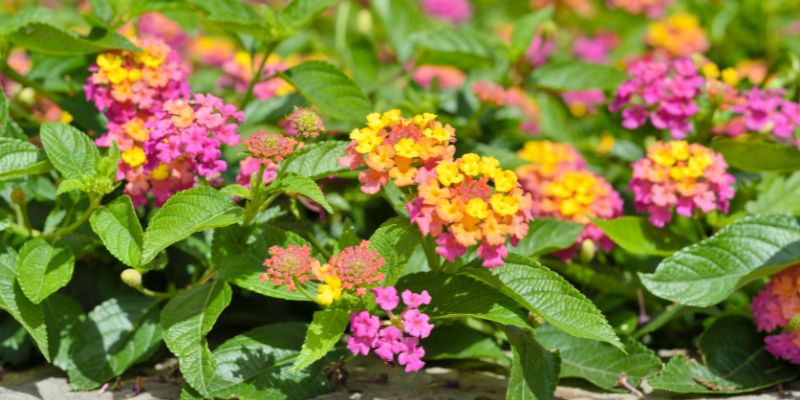
Annual plants complete their entire lifecycle in one growing season. This means that they grow from a seed, flower, produce seeds, and die all within a year. They do not survive the winter and need to be replanted every spring for them to continue growing.
So, are lantanas considered annual plants? The answer is yes and no. In areas with harsh winters, lantanas will not survive the cold temperatures and will die off at the end of the season, making them annuals. However, in warmer climates where the winters are mild, lantanas can survive and continue to grow for multiple years, making them perennials.
Perennial Plants
Perennial plants have a longer lifespan than annuals and can live for more than two years. They typically die back during the winter months but will regrow from their roots in the spring. Lantanas are considered perennial plants in warmer climates where they can survive the winter months. They will continue to grow and bloom year after year, making them a popular choice for gardeners looking for long-lasting color.
Biennial Plants
Biennial plants take two years to complete their lifecycle. In the first year, they will produce foliage and roots but will not flower. In the second year, they will flower and produce seeds before dying off. Lantanas are not considered biennial plants as they do not follow this specific two-year cycle.
Factors Affecting the Lifecycle of Lantanas
Apart from the climate, there are a few other factors that can affect the lifecycle of lantanas. These include:
- Soil: Lantanas prefer well-drained, fertile soil. If the soil is not suitable for their growth, they may not survive more than one season.
- Watering: Lantanas require regular watering to thrive. If they are not watered enough, they may die off in a single season.
- Pruning: Pruning lantanas can help promote new growth and encourage them to bloom more prolifically. Neglecting to prune them may result in a shorter lifespan.
- Pests and Diseases: Lantanas are susceptible to certain pests and diseases, which can affect their health and survival. Regularly inspecting your plants for any signs of infestation or disease and taking appropriate measures can help extend their lifespan.
Conclusion
So, are lantanas considered annual, biennial, or perennial plants? The answer ultimately depends on your location and the specific growing conditions for these plants. In colder climates, they are considered annuals, while in warmer regions, they can be grown as perennials. Regardless of their classification, lantanas are stunning plants that can add a pop of color to any garden. By understanding their lifecycle and providing them with proper care, you can enjoy their beauty year after year. Happy gardening!

